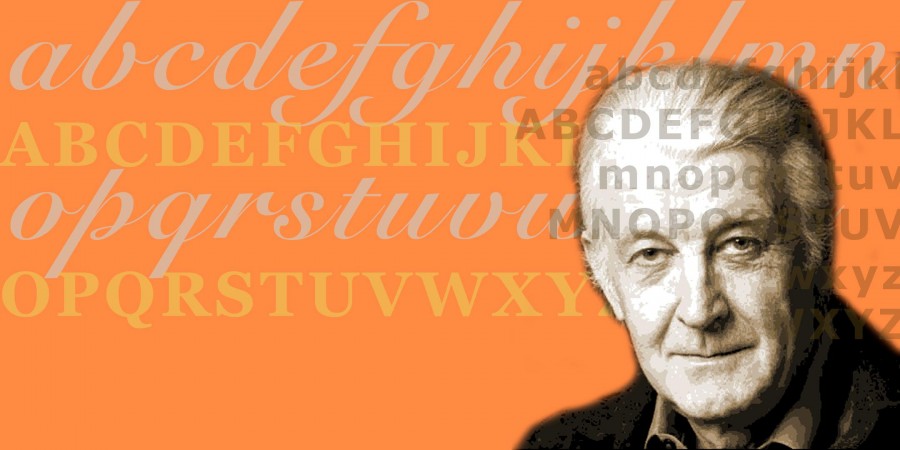An Unscripted Look at a Script Type
@ Newberry Library
online
Opening Tuesday, March 2nd, from 4PM - 5PM
**You can watch this program on either Facebook Live or Zoom. If you’d like to watch on Zoom, please register for free in advance here:
https://www.eventbrite.com/e/an-unscripted-look-at-a-script-type-tickets-139442370885
Snell Roundhand is one of the most popular typefaces around, but few are acquainted with its fascinating history. In this program, Snell Roundhand designer Matthew Carter will discuss the origins of this gorgeous typeface in a seventeenth-century script, his work transforming this script into a modern-day font, and the ways type design has changed since the mid-twentieth century.
Snell Roundhand is based on the penmanship of the English writing-master Charles Snell (1667–1733), who advocated a simple style of writing in contrast to his “brother quills,” the competing writing-masters of his day, whose excessively elaborate and flourished hands he deplored. Instead, Snell emphasized proportion in individual letters, and his roundhand script, elegant and readable while also easy to write, became the writing style used in the administration and commerce of the burgeoning British Empire. When his writing manuals–including The Pen-man’s Treasury Open’d (1694); The Art of Writing in its Theory and Practice (1712); and The Standard Rules of Round and Round-Text Hands (1715)–were imported to the American colonies, they were used to teach penmanship there until the end of the eighteenth century.
It wasn’t until the mid-twentieth century that Matthew Carter succeeded in transforming Snell’s script into a typeface fit for modern use. One of the first original designs created for Mergenthaler Linotype’s phototypesetting machine, the Linofilm, Snell Roundhand was released by Carter in 1966, when it was seen as expressing the new typographic freedom offered by photographic technology.
In this discussion with the Newberry’s Jill Gage, Carter will discuss the exciting evolution of Snell’s seventeenth-century script into a twentieth-century typeface.
About the Speakers:
Matthew Carter is a type designer with 60 years of experience working with typographic technologies, ranging from hand-cut punches to computer fonts. After a long association with the Linotype companies, he was a co-founder in 1981 of Bitstream Inc., a digital type foundry, where he worked for ten years. Carter is now a principal of Carter & Cone Type Inc., designers and producers of original typefaces.
Carter’s type designs include ITC Galliard, Snell Roundhand and Shelley scripts, Helvetica Compressed, Olympian, Bell Centennial, ITC Charter, and faces for Greek, Cyrillic and Devanagari. For Carter & Cone, he has designed Mantinia, Sophia, Elephant, Big Caslon, Alisal and Miller.
Carter & Cone have produced types on commission for several publications, and for The Walker Art Center, the Museum of Modern Art, Yale University, Shinnyo-en, and the Hamilton Wood Type Museum. For Microsoft, Carter designed Verdana, Tahoma, Georgia and Sitka, and for Monotype, Alisal and Carter Sans. His most recent design is the superfamily Role, made in collaboration with designers from Morisawa in Japan.
Jill Gage is Custodian of the John M. Wing Foundation on the History of Printing and Bibliographer for British Literature and History at the Newberry. In addition to contributing to the Oxford Companion to the Book and The Newberry 125, she has curated a number of exhibitions at the Newberry, including Creating Shakespeare (2016). Jill received her PhD in English literature from the University of London in 2015 and holds a BA and an MA in English literature from the University of Illinois at Chicago, as well as an MS in library and information science from the University of Illinois at Urbana-Champaign.
Official Website
More events on this date
Tags: An Unscripted Look at a Script Type, Chicago, Illinois, Jill Gage, Matthew Carter, Near North Side, Newberry Library

« previous event
next event »